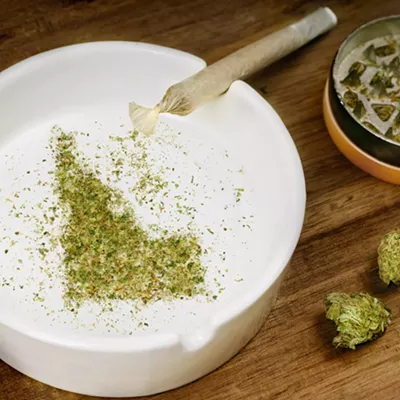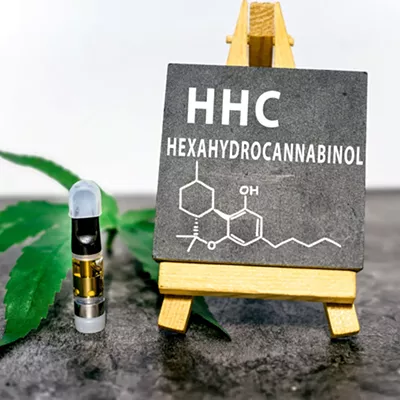
The Washington State Liquor and Cannabis Board released retail sales numbers for fiscal year 2019 — July 1, 2019, through June 30, 2020 — and the data shows an industry that continues to grow, even faster than before. Last year, the state cracked the $1 billion mark for the first time. This year, it passed $1.25 billion and generated more than $468 million in excise tax. Both of which are record highs.
Compare that with fiscal year 2015 — the legal market's first — when retail sales were just under $180 million. Each year has seen the state's market grow compared to the year prior, but the growth rate has steadily dropped. Between years one and two, the market ballooned by 179 percent, but from 2018 to 2019 it grew by just under 8 percent.
This year marks the first time the growth rate has gone up year-over-year, with an increase of more than 20 percent statewide, and roughly 25 percent in Spokane County, compared to 2019. Perhaps coincidentally, perhaps not, those numbers line up with the increases local dispensaries saw during the early months of the coronavirus pandemic and lockdown.
"Customers have been buying increasing amounts of edibles since March," Brandon St Germain, district leader at Cannabis & Glass, told the Inlander in July. "Sales on edibles are up over 25 percent since spring."
Growth rate isn't the only area in which Spokane County outpaces the state as a whole, though. Using the most recent population estimates from the Census Bureau, Washington's retail sales numbers average out to $161.03 spent per resident. Spokane County, however, averaged $258.26 spent per resident.
That's the second-highest average in the state behind only Asotin County's whopping $563.07 spent per resident. Rounding out the top three is Whitman County, at $231.89 spent per resident.
Those three counties have wildly disparate demographics but they share one thing in common: geography. All three border Idaho, a state with no legal cannabis market. While the overall growth rate numbers may be an outlier — inflated due to the pandemic — these numbers certainly are not. In 2019 the top three counties in the state were, you guessed it: Asotin, Spokane and Whitman. This pattern holds true to the south as well. In January, a story from the Associated Press went viral for noting that sales in Oregon were 420 percent higher along the Idaho border than in the rest of the state.♦
















